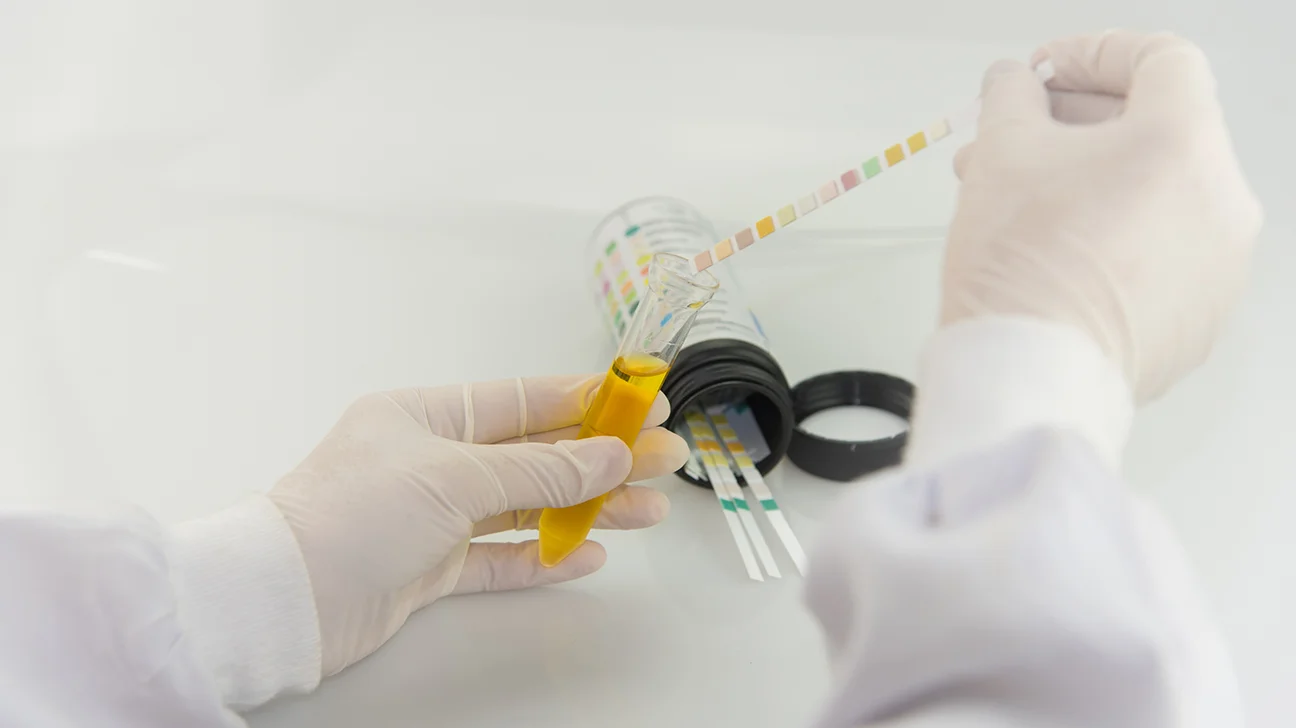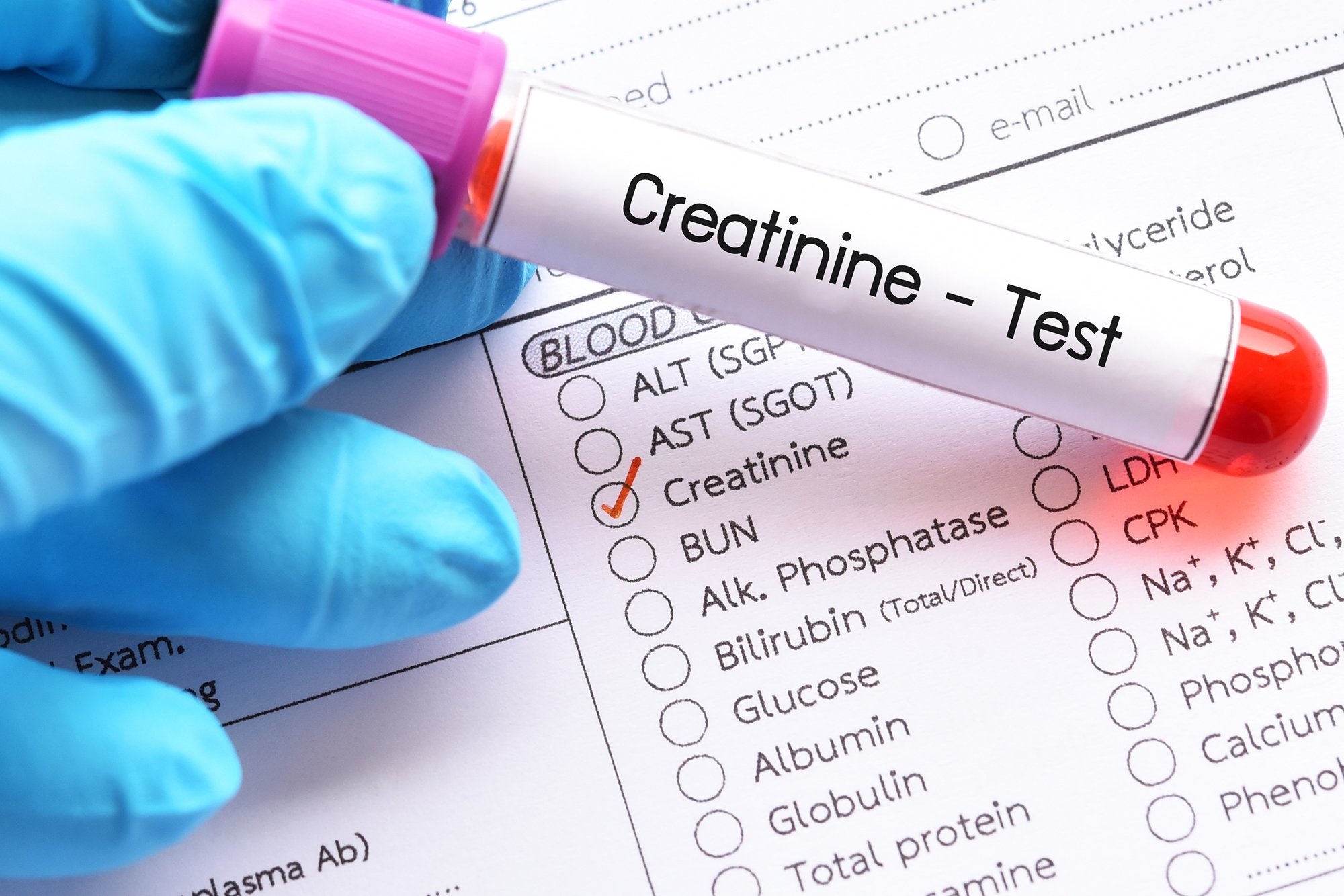In a shocking revelation, almost 90% of individuals in the US are unaware of the condition of their kidneys, while almost 40 million individuals have underlying kidney issues. For the kidneys to work properly, it is important for them to do uninterrupted filtration to make urine. Kidney diseases start when they do not filter the waste out of the body, and it gets accumulated in the blood.
If you suspect any kidney complication, it means that your blood accumulates waste, affecting the kidney’s functionality. The glomerular filtration rate is used to determine how the kidneys work, and if you are at any stage of kidney disease, the GFR indicates it.
What is GFR?
The body is constantly producing creatinine as a result of muscle movement and the breakdown of muscle tissues. The kidney works to expel creatinine from the body, and any irregularity in the excretion of creatinine indicates the improper working of the kidneys. The kidney’s ability to manage creatinine level is defined as the Glomerular Filtration Rate of GFR.
The Glomerular Filtration Rate, or GFR, determines how well the kidney filters out the waste material. An individual’s GFR is estimated based on creatinine levels in the blood and certain factors, including ethnicity, gender, age, and muscle mass. The estimated GFR indicates the stages at which your kidney is functioning. The Glomerular Filtration Rate test and other urine and blood tests are suggested to determine kidney functionality, and the outcome indicates whether or not you should start giving medical consideration to your renal functions.
Kidney Filtration Process
Each human kidney comprises millions of tiny nephrons, and each nephron further consists of a glomerulus and tubule. The purpose of Glomeruli is to filter the waste from the blood that passes through the kidneys. The kidney absorbs the important substances back into the blood through the tubule, while the excess waste is filtered out of the body through urine. The filtration mesh of each glomerulus passes tiny substances, waste material, and water towards the tubule while the necessary molecules, such as blood cells and protein, stay in the blood and are not filtered out.
Our kidneys are constantly filtering out unnecessary substances from the blood, out of 150 quarts of blood that the human kidneys filter out, only 1 to 2 quarts of blood become urine. GFR is the rate at which the kidneys filter out the blood. If the person has a kidney disease, the doctor will prescribe him the creatinine test to determine the level of GFR.
How is the Creatinine Test Carried Out?
The creatinine test is carried out through blood and urine tests; the results of both tests determine kidney functionality.
Blood test: After the blood sample is extracted, the doctor may perform a creatinine test by entering certain values in the GFR equations. Higher blood creatinine equals to the lower estimated glomerular filtration rate (eGFR).
Urine test: To carry out the urine test, you may collect your pee in a container, keep it preserved for 24 hours, and then take it to the lab for testing. Like blood test, some formulas are used to determine the creatinine level in the collected urine. A urine test is less convenient than a blood test but is still carried out to indicate kidney disease.
What do Creatinine Test Results Say?
Different values of creatinine are associated with different levels of GFR. Multiple GFR measurements are performed to indicate if the individual is having acute or chronic kidney disease. Based on the values of estimated GFR, we have prepared the chart below, which indicates the different stages of kidney diseases.
| Stage 1 | eGFR of 90 or above | Kidney damage but with normal kidney function. |
| Stage 2 | eGFR between 60 and 89 | Mild effect on kidney function. |
| Stage 3A | eGFR between 45 and 59 | Mild to moderate loss in kidney function |
| Stage 3B | eGFR between 30 and 44 | Moderate to severe effects on kidney function |
| Stage 4 | eGFR between 15 and 29 | Severe damage to the kidney function |
| Stage 5 | eGFR below 15 | Either close of kidney failure or complete kidney failure |
The lower your eGFR goes, the more likely you are to develop serious kidney issues. If you suspect any kidney complications, it is important to get your GFR checked to save yourself from further complications.
How do You Calculate Creatinine Level?
Multiple tools are used to calculate creatinine levels in the blood. While GFR cannot be calculated directly, the doctors measure it by measuring creatinine level first. The healthcare provider creates a treatment plan for treating renal disease based on the measurements. Due to the reserve capacity of kidneys, most individuals do not show any major complication even when encountering 40 to 60% of the renal damage. This is why the affected individuals are unaware of their renal damage until the major complication is diagnosed.
Using a creatinine clearance calculator is important to determine how well the kidney filtration works and the chronic kidney disease stage. The calculator gives instant results, which doctors use to examine the kidneys.
Cockcroft Gault equation
The equation was developed back in 1973 by extracting data from 249 men with stable kidney function. The individual’s body weight and age were considered along with a correction factor. The Cockcroft-Gault formula has been considered a standard for decades, but since today, the standard creatinine values are not used, this equation is of no significant value anymore.
The popular Cockcroft Gault equation is:
Creatinine Clearance = {((140 – Age) * (Weight in kilograms)) / (72 * SCr)} * 0.85 (in case of females)
where SCr = Serum creatinine
In case of obesity, a 40% adjustment factor is added to the formula for more accurate results.
How to use the Creatinine Clearance Calculator?
Before using a creatinine clearance calculator, it is important to know your creatinine level. After inputting certain parameters in the calculator, including age, race, gender, height, weight, renal stability, and serum creatinine, press calculate. The calculator produces the results which indicate how well your kidneys are performing. Just like the blood cholesterol test is important to determine the health of the heart; similarly, the glomerular Filtration Rate is important to determine the health status of your kidneys. Putting the values in the calculator, the glomerular filtration rate is estimated, indicating the blood creatinine.
What are the normal eGFR values?
After you have done the calculations, the resultant GFR value resonates with certain stages of chronic kidney diseases. At stage 1, the normal eGFR is 90 or above, which indicates that the renal damage is just minimal. As the stage increases, the level of complexity also increases, and once the eGFR decreases below 90, there are high chances of serious kidney damage.
Bottom Line
Your doctor will use your eGFR to determine how well your kidneys function. Since your eGFR depends on your age, sex, muscle mass, race, and the creatinine serum test, this could signify something different for each individual. You might also require further tests to check if your doctor is utilizing eGFR to diagnose kidney disease or determine your stage for CKD. You can take action to protect kidney function and monitor any advancement by knowing your eGFR and the stage you’re in with the help of a quick creatinine clearance calculator.
Frequently Asked Questions (FAQs)
What is creatinine?
Creatinine is the waste material that is released as a result of muscle movement. The human body constantly makes creatinine, with larger muscles making more of it than smaller muscles. The amount of creatinine removed from the healthy kidneys is the same amount produced by the body. High creatinine means that the kidneys are not functioning optimally and the individual has certain kidney complications.
What is a normal creatinine level?
The normal creatinine level for men is higher than for women. It is 0.7 to 1.3 mg/dL for men, while for women, it is 0.6 to 1.1 mg/dL.
What eGFR level indicates kidney failure/damage?
The eGFR between 30 and 60, i.e., Stage 3, indicates that there are some serious kidney complications, while Stage 4, i.e., eGFR between 15 and 30, indicates the improper functioning of the kidney. eGFR below 15 signals towards kidney failure.
What is the difference between creatinine and eGFR in determining kidney function?
Creatinine basically indicates the muscle mass and kidney function in an individual while eGFR, on the other hand, is the calculation that evaluates the kidney function by taking into account the variation in the individual’s muscle mass.
What is considered a good eGFR level?
Generally, the higher eGFR level indicates that the kidney is showing better functionality. On average, an individual in his 20s has an eGFR level of 116 mL/min/1.7m2, while an individual in his 60s acquires an eGFR of 85 mL/min/1.7m2.
Can kidney function based on eGFR improve over time?
Yes, the kidney function based on eGFR can gradually improve over time by following certain lifestyle changes. In all stages of kidney diseases, we have seen an improved GFR through controlled blood pressure, having enough Vitamin D, and combatting metabolic complications.
Which medicines may affect kidney functioning?
Certain medication affects kidney functioning, including aspirin, lithium, acetaminophen, chemotherapy drugs, benzodiazepines, diuretics, and some specific class of antibiotics.
Is eGFR or creatinine more important in assessing kidney function?
the estimated glomerular filtration rate is more important in accessing kidney functioning as it includes age, race, gender, and all other important variables.
Why is a creatinine test performed?
The basic purpose of performing a creatinine test is to check if the kidneys are functioning properly or if there are any potential renal complications. The creatinine level is usually carried out with a Blood Urea Nitrogen test and is also included in the comprehensive metabolic panel, which shows how the body’s organs work.
What is the difference between eGFR and actual GFR?
GFR stands for glomerular filtration rate and indicates renal functioning. eGFR stands for estimated glomerular filtration rate, which is based on an individual’s creatinine level, gender, or race.
How can I improve my eGFR kidney function?
Improving your diet, engaging in exercise, staying away from tobacco products, staying hydrated, cutting your sugar consumption short, and keeping your blood pressure within the specified target range help improve eGFR.
What causes low eGFR/poor kidney function?
The main causes of low eGFR usually include hypertension, cardiovascular complications, diabetes, or other chronic disease.
What are the symptoms of decreased eGFR/kidney function?
The indicators of low eGFR include nausea, vomiting, change in urination pattern, muscle cramps, itching, loss of appetite, and swelling in feet or arms.
What foods help lower creatinine levels?
Vegetables, including Cucumber, red bell pepper, bitter gourd, nettle leaf tea, and cinnamon, help lower the creatinine level by flushing the toxins out of the body.
What foods should be avoided with high creatinine levels?
The foods that should be avoided to gain an improved creatinine level include canned veggies, sugar, caffeine, processed food, and high protein levels. If you are diagnosed with high creatinine levels in your blood, consuming this food can seriously damage kidney function.
What lifestyle changes can improve kidney function?
Working towards achieving a healthy weight, quitting smoking, eating a nutrient-rich diet, staying active, and cutting down on alcohol intake help in improving kidney function.
How can I improve my weak kidneys?
Controlling salt intake, avoiding NSAIDs, taking protein in moderate amounts, and lowering blood pressure and blood glucose significantly improve the weak kidneys and improve their functionality.
What are the symptoms of kidney disease?
Lack of appetite, nausea, tiredness, lethargy, insomnia, swollen feet, and more or less frequent peeing are some of the common symptoms of kidney diseases.

A fervent champion for holistic well-being, graces this community with her expertise in health and fitness. With a solid educational foundation in physical fitness and a commitment to empowering others, Sara distills her extensive knowledge and experience into actionable insights. Her writing, firmly grounded in evidence-based practices, aims to demystify health complexities and inspire readers to cultivate sustainable habits for a balanced life. As a certified fitness trainer, Sara offers a well-rounded perspective on wellness. Join Sara on this transformative journey towards a happier, healthier, and more vibrant you.









Loading…